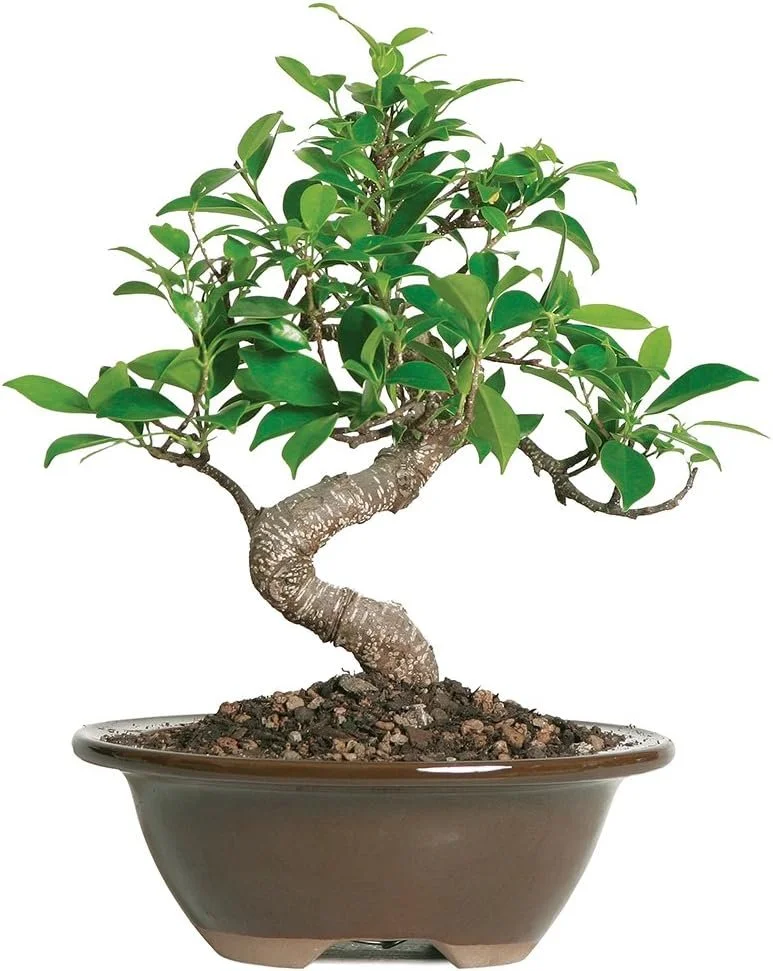Bonsai
While bonsai trees are usually associated with Japan, there are records showing that bonsai have been grown in China for more than 2,000 years.
The Japanese cultivated the art form in their own way, leading to quite different styles in Japanese and Chinese bonsai. The Chinese bonsai are much more freestyle and more lightly pruned. Japanese miniature bonsai tend to be very heavily groomed and pruned and look much more like miniature natural versions of the full sized tree.
Is training Bonsai trees a cruel pastime? Does the cultivator starve the tree and cut it to such an extent that it becomes unhealthy?
While they are cut and pruned to keep them to the size of the pot they are growing in, bonsai are usually transferred from pot to pot regularly and are fed and watered more often than wild trees.
Bonsai trees regularly live for many centuries and are traditionally passed down from generation to generation of family. They lead roughly the same lifespan as wild trees and are often much healthier because of the attention they receive.
Buying Bonsai
When purchasing bonsai for the first time, it is best to buy it direct from the grower or specialty nursery. They are the best sources for fully formed and shaped bonsai trees as well as hands-on tips about how to take care of the tree once you buy it.


